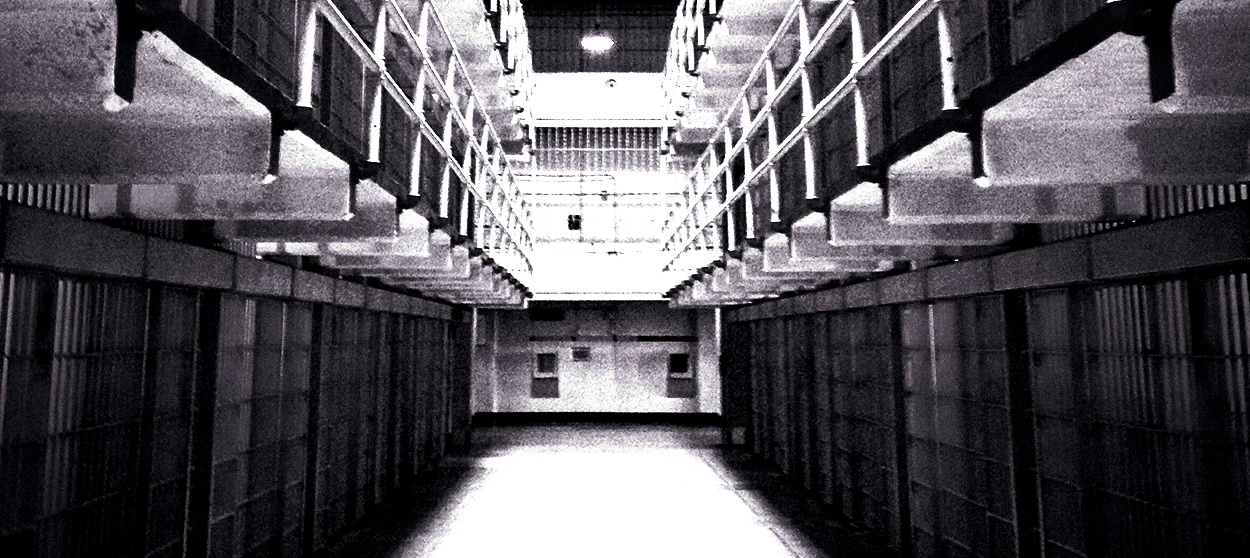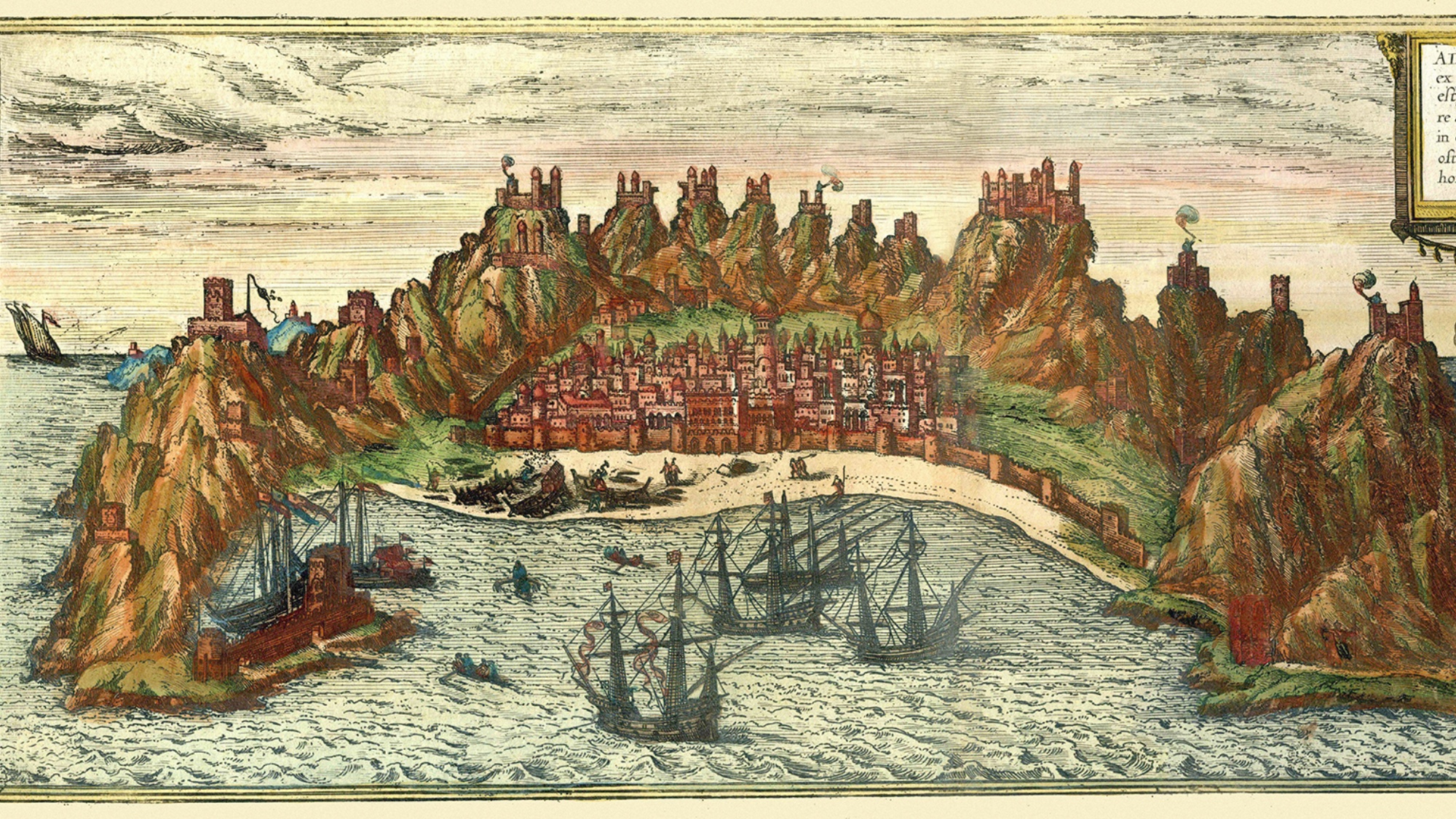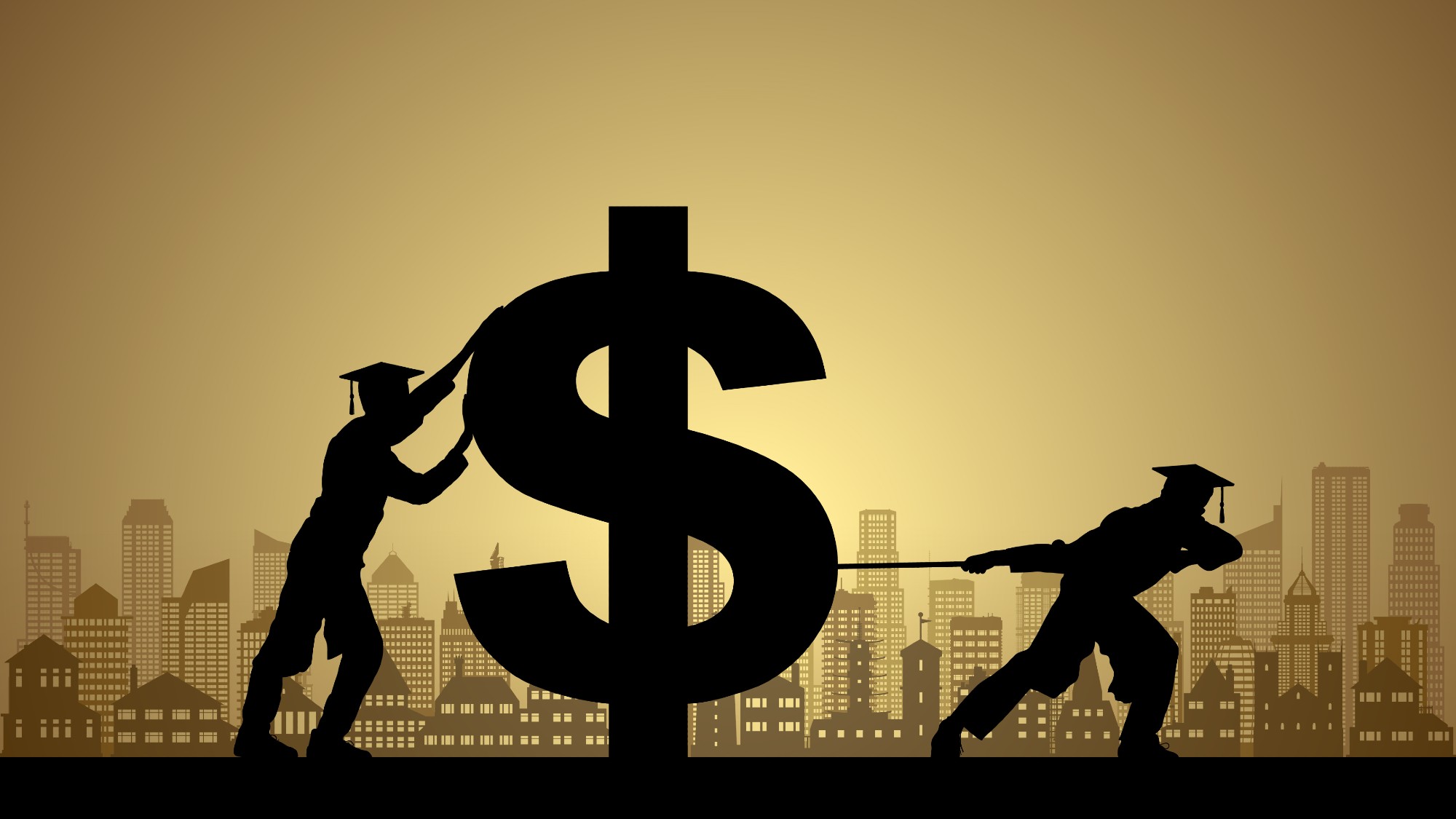How to roll back mass incarceration in America
We can have both less crime and less punishment


America's prison system is a horrifying, gulag-esque state of affairs. The fraction of the American population that is incarcerated is seven times that of Italy, and 15 times that of Japan. The nation has only just started to grasp this reality, thanks in many ways to the efforts of activist groups and movements like Black Lives Matter. And leading Democrats have expressed at least rhetorical commitment to rolling back mass incarceration.
But few politicians have reckoned very much with what this would actually entail. The reality is that America's criminal justice resources need to be radically rebalanced away from punishment and towards investigation and due process. The eventual goal should be cutting down crime so imprisonment is largely unnecessary.
The three main pillars of punishment for criminal acts are certainty, speed, and severity. Criminal justice scholars say that, when it comes to actually deterring crime, the first two are drastically more important than the third. The reason is that potential criminals rate the likelihood of getting caught and the perception of how fast punishment will strike far, far ahead of a careful consideration of how bad the sentence will be. A sure belief that one will be punished quickly is orders of magnitude more effective than trying to get criminals (who are overwhelmingly impulsive young men) to think about the marginal risk of spending more years in prison.
The Week
Escape your echo chamber. Get the facts behind the news, plus analysis from multiple perspectives.

Sign up for The Week's Free Newsletters
From our morning news briefing to a weekly Good News Newsletter, get the best of The Week delivered directly to your inbox.
From our morning news briefing to a weekly Good News Newsletter, get the best of The Week delivered directly to your inbox.
But American crime policy has emphasized severity far, far ahead of either certainty or speed. Law-and-order politics was based on a heavily racialized desire for vengeance against criminals who were partly imagined in the first place — though rooted in genuine distress over the terrible crime surge in the mid-20th century. Coldly rational strategies for reducing crime barely entered into the equation. The result was an incarceration spree similar in its scope and brutality to the slave labor camps of the Soviet gulag — and that nevertheless failed to dent crime much at all. The best evidence suggests the 1990s-2010s fall in crime had little or nothing to do with mass incarceration; after all, the partial rollback of such policies in states like New York has not caused a converse surge in crime.
Furthermore, severe sentencing is directly at odds with certainty and speed, because it eats up scarce resources. The difference between a 10- and 20-year sentence, as far as deterrence is concerned, is probably nil, but it means 10 years of a cell being tied up, at a cost between about $200,000 and $700,000, depending on the state.
Criminal justice reformers sometimes suggest that the war on drugs is a primary engine behind mass incarceration. The reality is that violent crime and property crime account for about 57 percent of the incarcerated population, and drug crime only about a fifth. So to reduce the prison population, the obvious first step is to cut sentences across the board, but especially in cases involving violent crime.
However, that should only be the first part of an attempt to overhaul the criminal justice system in a way that aims to actually reduce crime. While violent crime has fallen substantially in America since the 1990s, it is still considerably higher than in peer nations. The U.S. murder rate, for instance, is 10 times that of Norway, and 20 times that of Japan.
A free daily email with the biggest news stories of the day – and the best features from TheWeek.com
And while the U.S. has brutally draconian sentencing, it is a laggard when it comes to actually solving crime. The national homicide clearance rate (that is, homicides that result in an arrest) is only 62 percent — compared to 77 percent in the Netherlands or 98 percent in Finland. The U.S. rate has fallen over the last few years, in part because there has been a serious collapse of homicide clearance in some major cities like Philadelphia, Baltimore, and especially Chicago, where the rate has fallen to a shocking 20 percent.
It stands to reason that if murder goes unpunished, there will be more murders. And as Jill Leovy writes in her book Ghettoside, that is precisely what has happened in poor black communities especially. The bloody tit-for-tat violence of gang culture is at bottom what happens when the legitimate authorities can't (or don't want to) establish a monopoly on violence.
By far the most important step in overhauling America's prison and criminal justice systems would be implementing drastically more lenient treatment of serious crime. This should be coupled with police reform to improve clearance rates of violent crime, particularly in cities where investigative departments are in a state of collapse. Ideally, social workers and welfare institutions would be enormously strengthened at the same time.
American prisons in a great many instances amount to warehousing of social disorder caused by America's threadbare welfare state and hideous inequality. But when speaking about criminal justice policy in particular, if we are sensible, we can have both less punishment and less crime.
Ryan Cooper is a national correspondent at TheWeek.com. His work has appeared in the Washington Monthly, The New Republic, and the Washington Post.
-
 Antibiotic resistance: the hidden danger on Ukraine’s frontlines
Antibiotic resistance: the hidden danger on Ukraine’s frontlinesUnder The Radar Threat is spreading beyond war zones to the ‘doorstep’ of western Europe
-
 ‘Capitalism: A Global History’ by Sven Beckert and ‘American Canto’ by Olivia Nuzzi
‘Capitalism: A Global History’ by Sven Beckert and ‘American Canto’ by Olivia NuzziFeature A consummate history of capitalism and a memoir from the journalist who fell in love with RFK Jr.
-
 Who will the new limits on student loans affect?
Who will the new limits on student loans affect?The Explainer The Trump administration is imposing new limits for federal student loans starting on July 1, 2026
-
 Has Zohran Mamdani shown the Democrats how to win again?
Has Zohran Mamdani shown the Democrats how to win again?Today’s Big Question New York City mayoral election touted as victory for left-wing populists but moderate centrist wins elsewhere present more complex path for Democratic Party
-
 Millions turn out for anti-Trump ‘No Kings’ rallies
Millions turn out for anti-Trump ‘No Kings’ ralliesSpeed Read An estimated 7 million people participated, 2 million more than at the first ‘No Kings’ protest in June
-
 Ghislaine Maxwell: angling for a Trump pardon
Ghislaine Maxwell: angling for a Trump pardonTalking Point Convicted sex trafficker's testimony could shed new light on president's links to Jeffrey Epstein
-
 The last words and final moments of 40 presidents
The last words and final moments of 40 presidentsThe Explainer Some are eloquent quotes worthy of the holders of the highest office in the nation, and others... aren't
-
 The JFK files: the truth at last?
The JFK files: the truth at last?In The Spotlight More than 64,000 previously classified documents relating the 1963 assassination of John F. Kennedy have been released by the Trump administration
-
 'Seriously, not literally': how should the world take Donald Trump?
'Seriously, not literally': how should the world take Donald Trump?Today's big question White House rhetoric and reality look likely to become increasingly blurred
-
 Will Trump's 'madman' strategy pay off?
Will Trump's 'madman' strategy pay off?Today's Big Question Incoming US president likes to seem unpredictable but, this time round, world leaders could be wise to his playbook
-
 Democrats vs. Republicans: who are US billionaires backing?
Democrats vs. Republicans: who are US billionaires backing?The Explainer Younger tech titans join 'boys' club throwing money and support' behind President Trump, while older plutocrats quietly rebuke new administration
